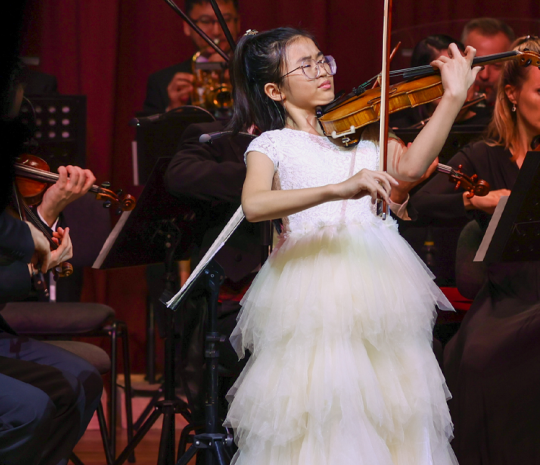

Qatar Music Academy (QMA) – a proud member of the Qatar Foundation – is a leading music institution in Qatar and the wider region. QMA opened its doors in January 2011 to develop students’ musical talents to the highest level within a nurturing and stimulating academic environment
Read more






